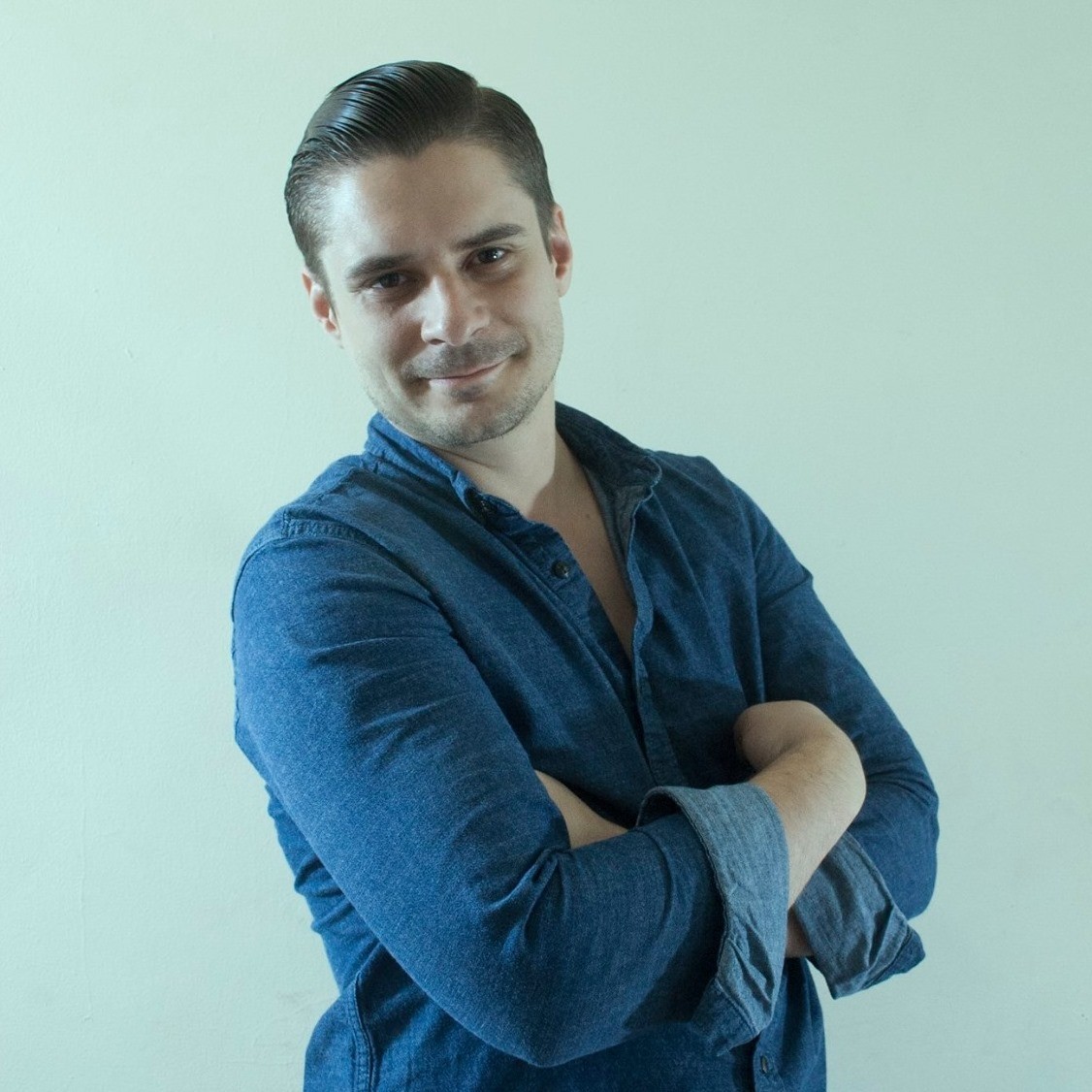Alright – so today we’ve got the honor of introducing you to Jeremy Wilson. We think you’ll enjoy our conversation, we’ve shared it below.
Jeremy, thanks for joining us, excited to have you contributing your stories and insights. I’m sure there have been days where the challenges of being an artist or creative force you to think about what it would be like to just have a regular job. When’s the last time you felt that way? Did you have any insights from the experience?
I worked in restuarants for the better part of 20 years, 10 years of which was bartending. It was fun, I learned a lot about talking with all kinds of people, it funded my time in the studio and was flexible. However, this is the closest I’ve been to a “regular job”…I have always worked towards being a full time artist and I cannot imagine doing anything else.
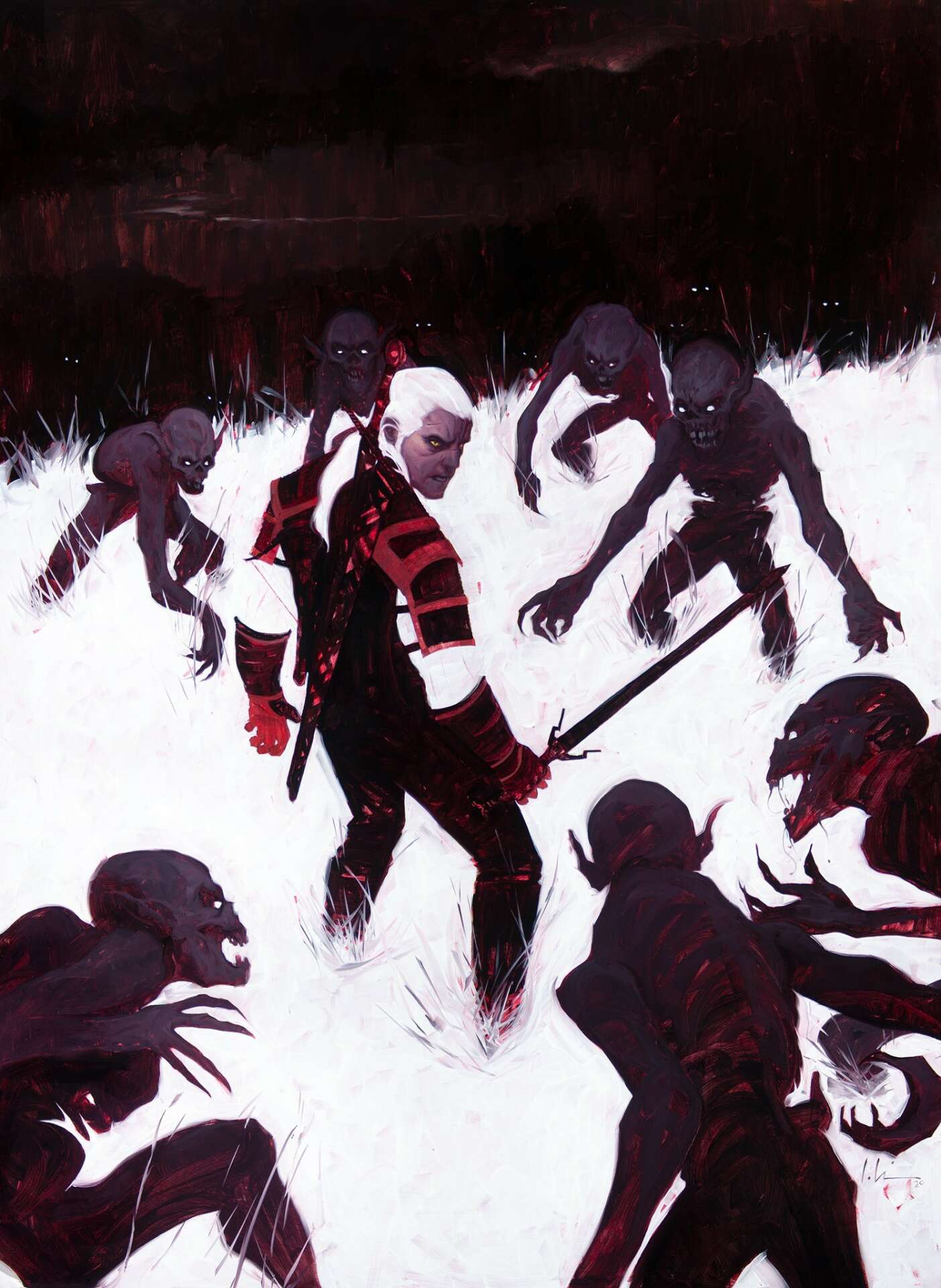
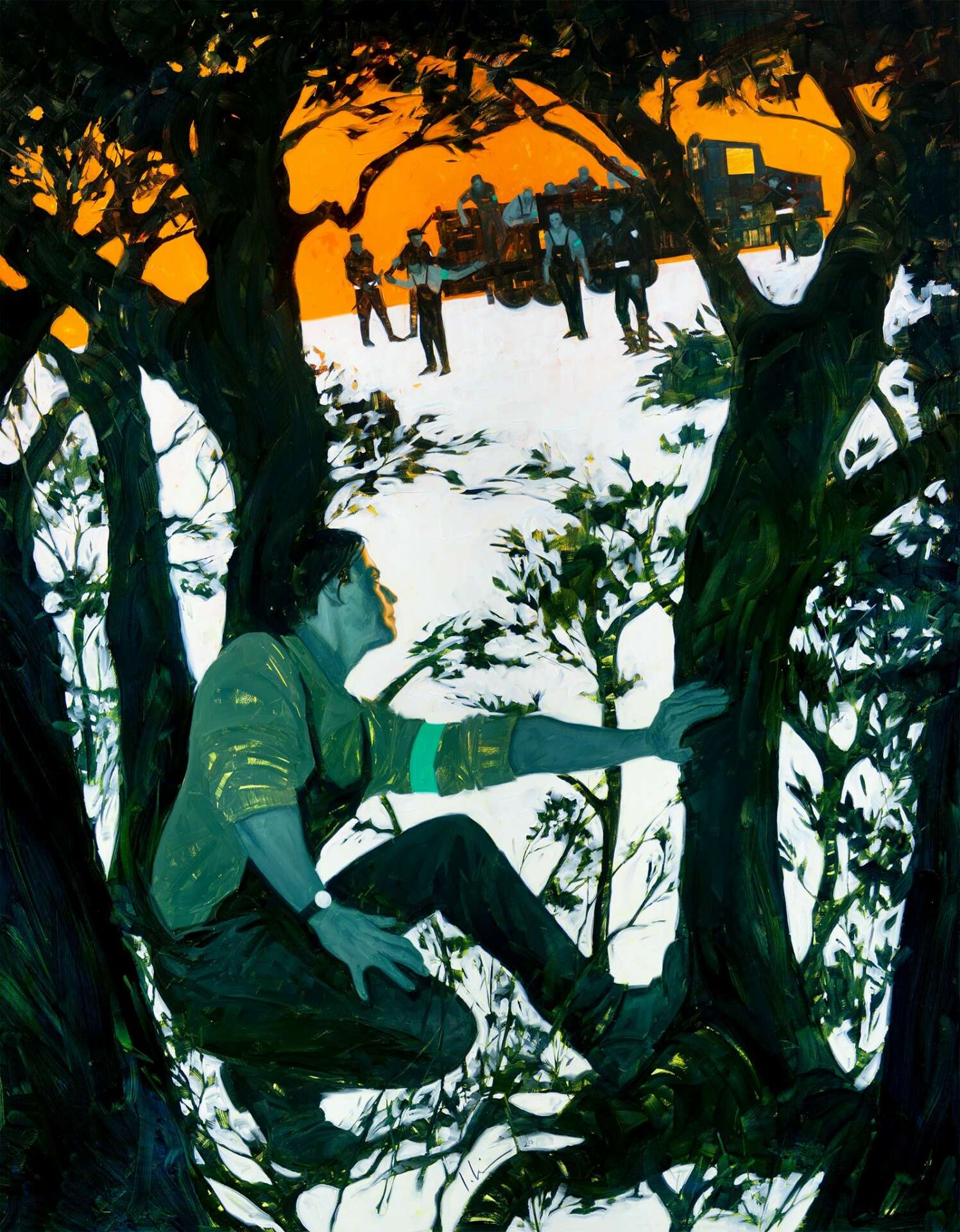
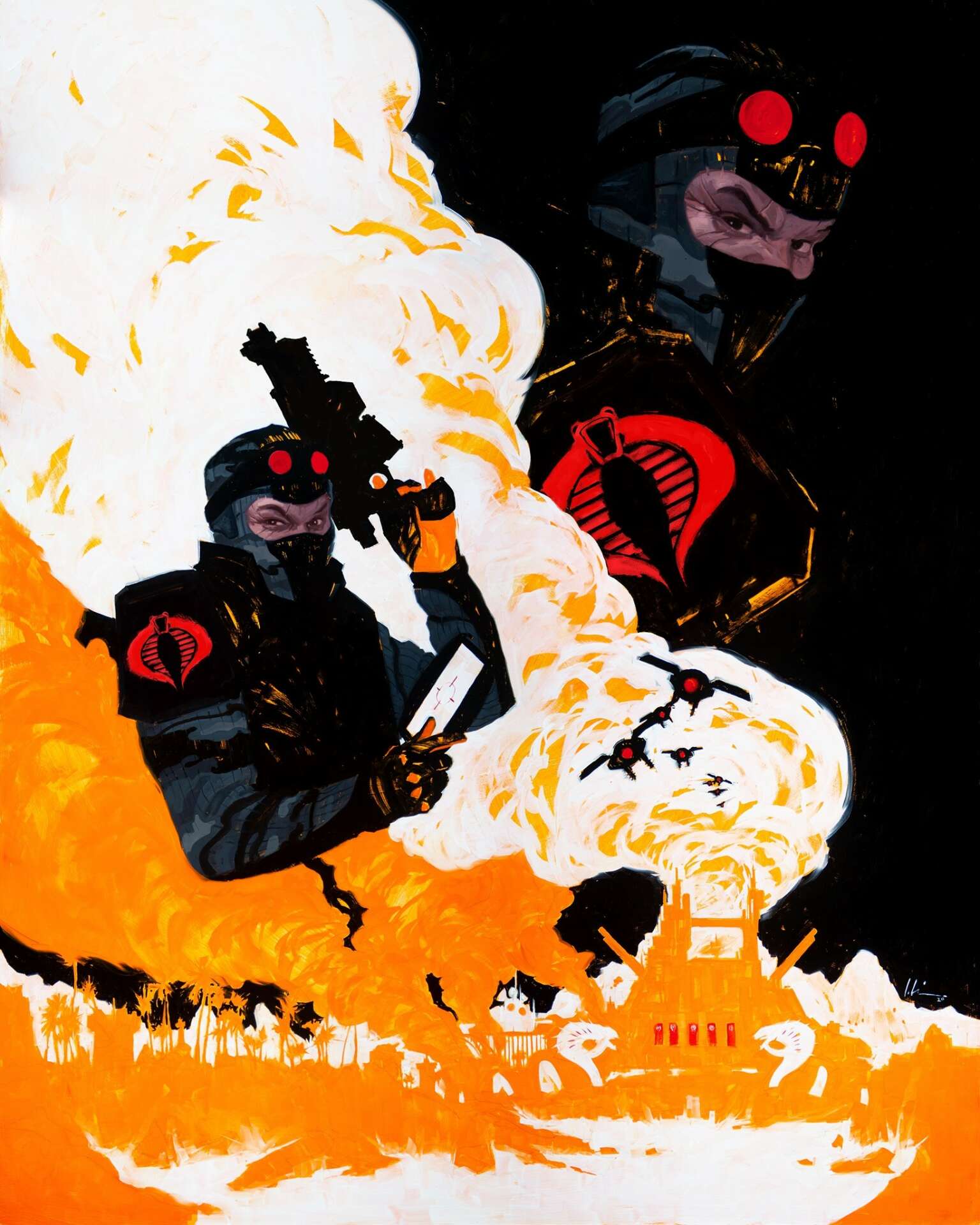
Jeremy, love having you share your insights with us. Before we ask you more questions, maybe you can take a moment to introduce yourself to our readers who might have missed our earlier conversations?
I am an artist and Illustrator, mainly working in the fantasy, horror and science fiction genres. A few of the clients that I create images for are in publishing, games, packaging, magazines and comics. A selected list of clients include: FX, ATARI, Magic The Gathering, Orbit books, Nightfire books, Simon and Schuster, Penguin/Random House, DC Comics, Dark Horse Comics, Upper Deck and Scientific American Magazine.
The work itself is in oil paint on panel or canvas and is included in many private collections worldwide.
I focus on more graphic compositions with spot color but maintain more classically painted areas. I find areas to “lose” in the composition to negative space, focusing on the intended subjects and letting the viewer fill in those lost areas. I will often use pure white or another flat value to design the composition, using a limited color palette to accentuate the design and spot colors.
The overall look is very bold and grabbing, especially for products that have a reduced size or need to bring in the viewer.
Generally, I’ll begin projects with a variety of mediums in a sketchbook, shaping those roughs into digital sketches. Then once a rough concept is agreed upon I will shoot photo reference which I then transfer to the final painting surface. More often then not I also do preliminary studies in oil at a very reduced size. This allows me to bridge the gap from the digital roughs and the specifics on the traditional mediums. For example, when it comes to color, I’m digitally picking color that I know I can match with the traditional media. I’ll need to make sure, especially with highly saturated colors, that I can achieve the color match on the painting surface.
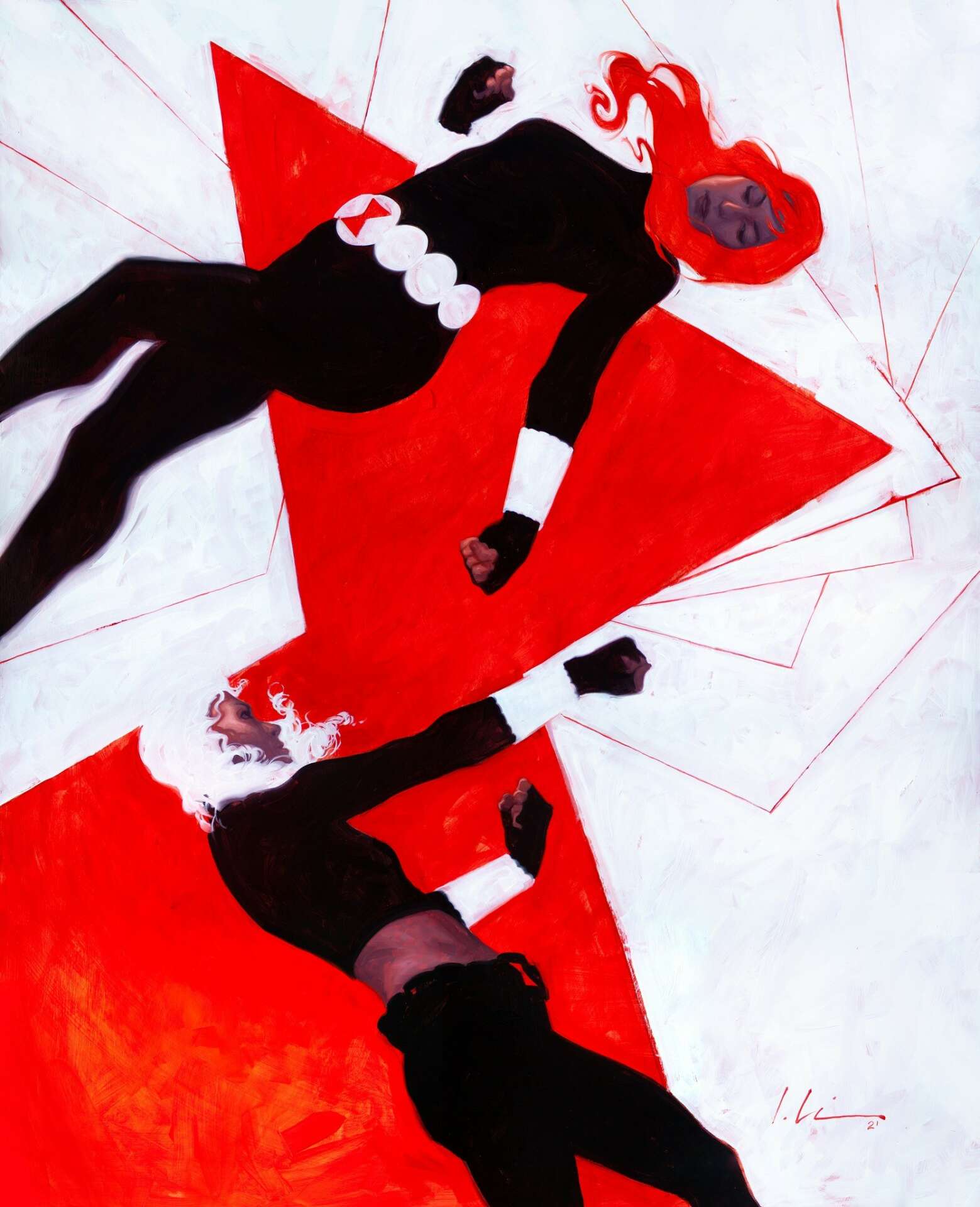

We’d love to hear a story of resilience from your journey.
A big turning point for my work was back in 2015, I had found some traction in painting more classically but was finding myself trying to paint like everyone else and not feeling the success in the jobs or paintings I was doing. I was a bit disenchanted with what I thought my future prospects would be as well as the homogenized style that had taken over the genres I wanted to work in. I wanted to make work that was exciting to myself and others, not attempting to be a cheaper imitation. I began to try and experiment with this use of negative space or graphic colors, making very bold choices in composition, color and design, constantly putting myself in new situations creatively.
I remember “finishing” paintings and not knowing when they were done, I had to retrain a lot of my learned expectations of my work.
Building my portfolio again from the beginning became my task and the work resonated with people. Continuing that path as well as the promotional side of the business began to gain momentum and I’ve found success in doing so. Now, my brand is instantly recognized and stands apart in a great way.

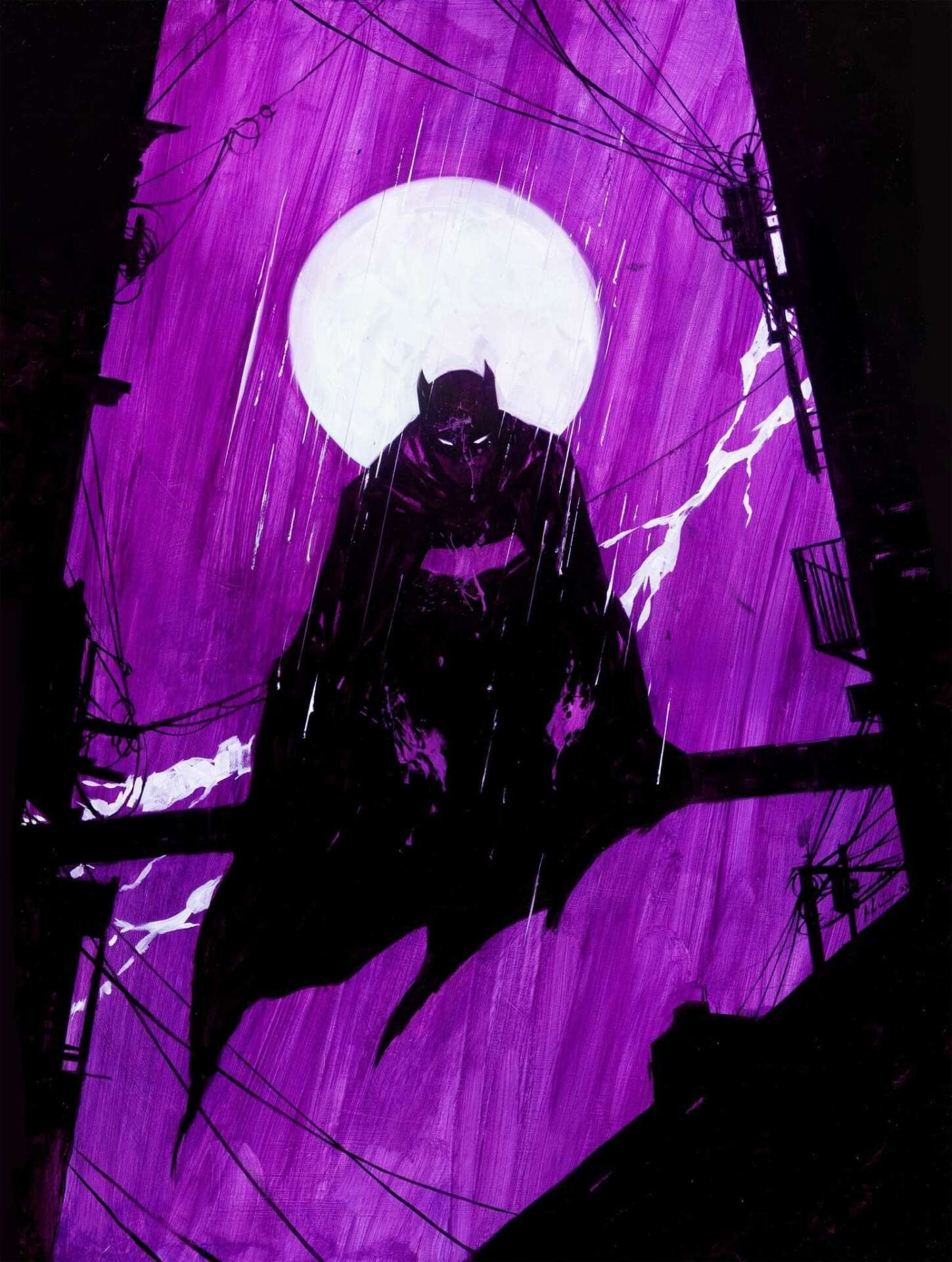
What’s the most rewarding aspect of being a creative in your experience?
I collect the products that I’ve had work printed or published on and they are all displayed around the rooms. I’ve got walls of my framed comic covers, books, cards, album covers and an, almost completed set, of GI Joe Classified figures. [I did the artwork for the Firefly figure in the series]
These are also surrounded by works of my art heroes and peers.
I think it’s important for creatives to wear their successes, especially in their own space. The same way one would hang a diploma, these are proof of hard work, commitment and dedication that paid off. It’s also a good reminder to have them all around when one is having a hard or stormy day working.
I am thankful that I’ve been able to work on the (sometimes literal) projects that I played with when I was a child. I have my work hanging next to artists that I’ve looked up to since I was in middle school. In a tangible way, yes, it’s the printed proof…in an intangible way it’s incredible to look around at a life surrounded by long time passions and interests. Every job has it’s peaks and valleys but I think it’s rare for people to be as fulfilled and committed to their work. Again, I’m very thankful and humbled by that.
Contact Info:
- Website: JeremyWilsonArt.com
- Instagram: @JeremyWilsonArt
- Facebook: Jeremy Wilson Art
- Twitter: @JeremyWilsonArt


